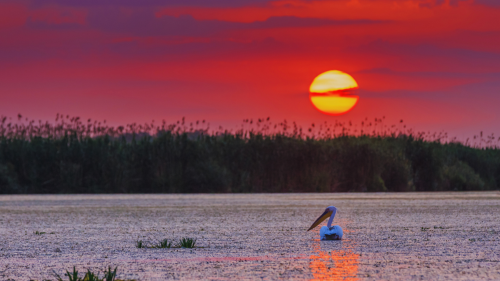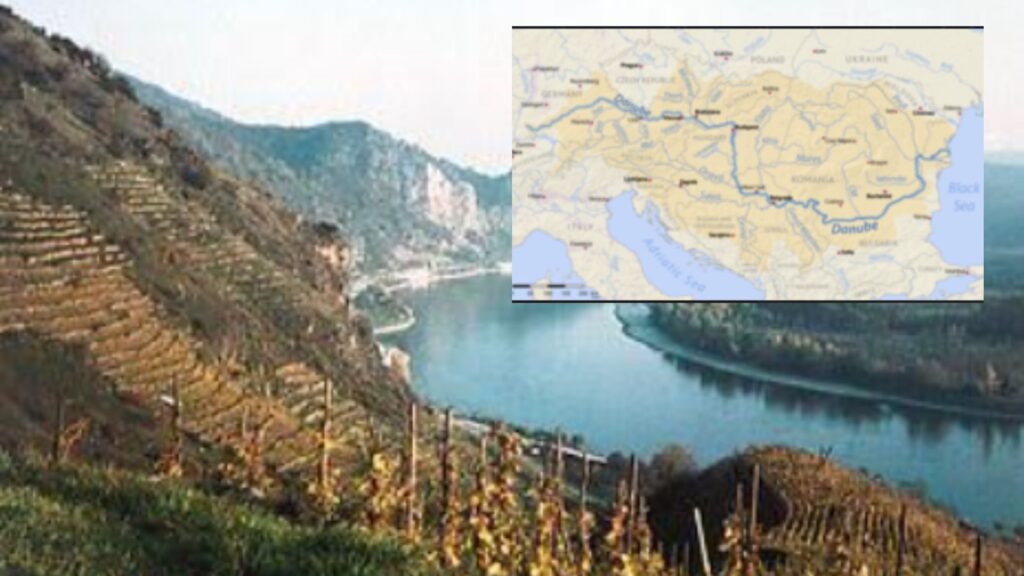From the Black Forest to the Black Sea: This River Crosses more National Borders than Any other on Earth

From the Black Forest to the Black Sea: This River Crosses more National Borders than Any other on Earth.
There are rivers that carve valleys, inspire poets, and shape civilizations. And then there’s the Danube, a river so ambitious it crosses more national borders than any other on Earth.
At 2,860 kilometers long, the Danube is Europe’s second-longest river, outdone only by Russia’s mighty Volga. But when it comes to geopolitical reach, cultural influence, and international connections, no river rivals it.
A River of Many Nations
The Danube begins modestly in Germany’s Black Forest, where the Breg and Brigach streams merge at Donaueschingen. From there, it gathers strength, sweeping northeast and then southeast across the continent. Along the way, it flows through or borders ten countries: Germany, Austria, Slovakia, Hungary, Croatia, Serbia, Bulgaria, Romania, Moldova, and Ukraine.

No other major river can claim what the Danube does: it flows through four national capitals Vienna, Bratislava, Budapest, and Belgrade nurturing them not just geographically but historically and culturally.
The Danube River Basin: The World’s Most International
The Danube doesn’t just unite cities and nations along its banks. Its river basin, spanning 817,000 square kilometers, is the second-largest in Europe (after the Volga’s). Encompassing parts of 18 countries and home to more than 80 million people, it is often called the world’s most international river basin.
Its landscapes are as varied as its people: from Alpine peaks to fertile plains, from wild gorges to the sprawling wetlands of the Danube Delta, shared by Romania and Ukraine. This delta is a UNESCO Biosphere Reserve and a Ramsar Wetland Site, celebrated for its extraordinary biodiversity. Here, rare sturgeons still swim, and migrating birds find refuge.
Power, Trade, and Survival
For centuries, the Danube has been a lifeline for commerce. Once the northern boundary of the Roman Empire, it remains a vital trade artery today, connected to the North Sea through the Rhine-Main-Danube Canal.
Its waters power economies too. Massive projects like the Iron Gate Dam between Serbia and Romania generate hydroelectricity for millions. The Danube also provides drinking water and irrigation to communities in Slovakia, Hungary, Serbia, Bulgaria, and beyond.
An Ecological and Cultural Corridor
Beyond trade and power, the Danube is an ecological and cultural corridor. Its waters sustain over 100 fish species, including endangered sturgeon. Its banks are dotted with fortresses, castles, and historic cities, reminders of the empires and nations it has carried through time.
From Strauss’s “Blue Danube Waltz” to the walls of medieval fortresses that still stand guard over its curves, the river has inspired artists, rulers, and storytellers alike.
More Than a River
The Danube is not just water flowing from one point to another it is Europe’s connector. It links cultures, nourishes cities, and reminds us that geography shapes history. From the Black Forest to the Black Sea, it remains one of the continent’s most enduring lifelines.












